By Matt O’Keefe
I’m Matt O’Keefe, a writer for The Beat, and I have written about a lot of Kickstarters. Crowdfunding is a really fascinating subject in the comic book industry, playing a significant role in publishing and marketing as it produces its share of wild successes and abject failures. Comics are a little different from every other category on Kickstarter. Unlike most technology campaigns, you aren’t usually getting a discount on what you’re backing; oftentimes you pay a good deal more. But Kickstarters for comics are still very much about the rewards, not as charity-driven as categories like dance or theater.
What’s very interesting is that the biggest successes in the comics category, other than webcomics that have broken into the mainstream, have largely been anthologies, usually ones with a large group of contributors. That’s a format that tends to flounce in the direct market, so I was very interested in finding out why they’re finding so much success through crowdfunding. As a result of my research, here are a 5 explanations for why anthologies do so well on Kickstarter.
1. Cheaper Production
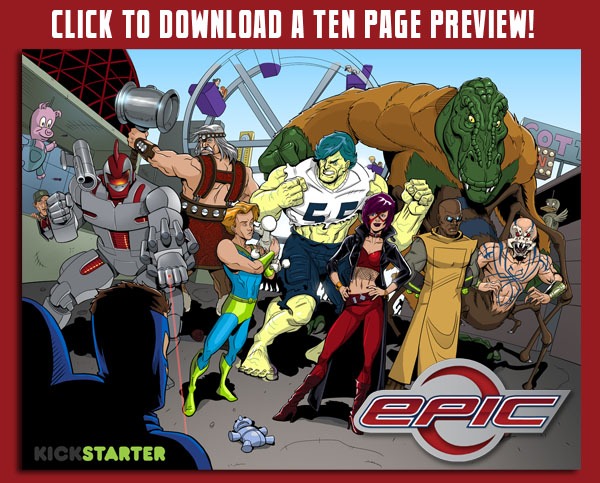
Shipping six single comics separately obviously costs a lot more than shipping one collection, so creators often have to ask for up to ten or even fifteen dollars from backers for it to be financially feasible to Kickstart single issues. Tyler James of ComixTribe wrote a great article called The Kickstarter Laboratory: 7 Experiments in Crowdfunding a Floppy, focusing on strategies for his campaign for EPIC – A Superteen Action Comedy. He wrote about the challenges of crowdfunding a single issue, and one of his solutions was to give people who contributed $10 two copies of the comic. But, like he mentions in the article, that probably resulted in confused customers who didn’t understand why they couldn’t just order one copy.
Longer-form anthologies, meanwhile, are able to charge more reasonable prices. Imaginary Drugs, a Kickstarted anthology which will be released by IDW Publishing on January 15th, only cost $10 for what was originally supposed to be a 56-page anthology but grew to a 160-page graphic novel. That bang for your buck was possible thanks in part to their deal with IDW but was also due to the lower cost that comes from shipping less books.
2. Less Creator Commitment
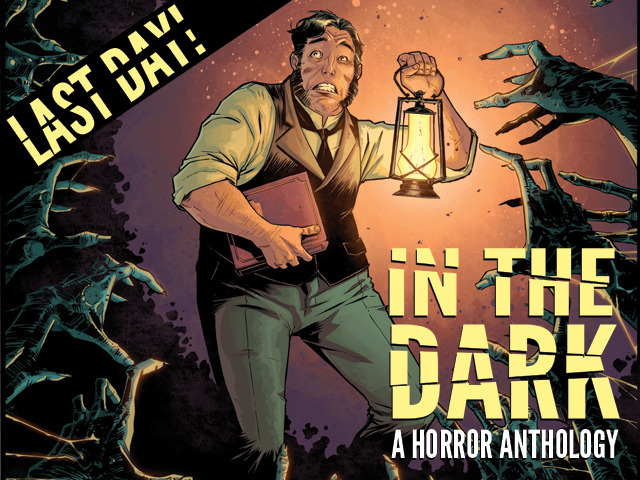
With the exception of The Antler Boy and Other Stories, most of the really successful Kickstarted anthologies have involved a number of writers and artists. That means each creator in an anthology is responsible for less of the book than a small creative team that has to shoulder all the burden. For that reason, a lot of anthology campaigns don’t ask Kickstarter backers to fund the artists’ page rate. For example, although In The Dark featured an all-star list of creators, it still had a reasonable $30K goal. It’s more common for single issues to incorporate production costs into the total, which results in much higher, less attainable Kickstarter goals. Anthologies are also often finished more quickly because of the reduced commitment required out of each writer and artist.
3. Community
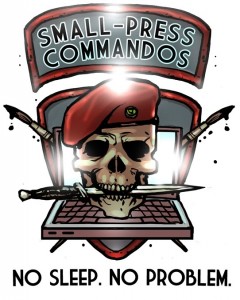
Four contributors making some noise can never be as loud as 25+ creators raising the roof. Kickstarters for books with a limited number of creators have less bodies to promote the product, whereas anthologies usually have a lot of people motivated to spread the word. Michael McDermott, who managed the Imaginary Drugs Kickstarter, talked to me about the Small Press Commandos community he joined after contributing to the FUBAR anthology series. He described how the members of the SPC have each other’s backs and are motivated by each other’s successes. The talent drawn from that community played a large part in impressing IDW enough for it to offer McDermott and friends a publishing deal.
Jeff McComsey, the head of FUBAR Press and one of the founders of the Small Press Commandos, also highlighted how much the dozens of contributors to his zombie anthology helped get the word out. The second volume, FUBAR: Empire of the Rising Dead even made the New York Times bestseller list thanks to a coordinated effort by the large creative team. Other anthologies like Womanthology and In The Dark probably similarly benefitted from that kind of outpouring of support.
4. The Unique Opportunities of the Short Story
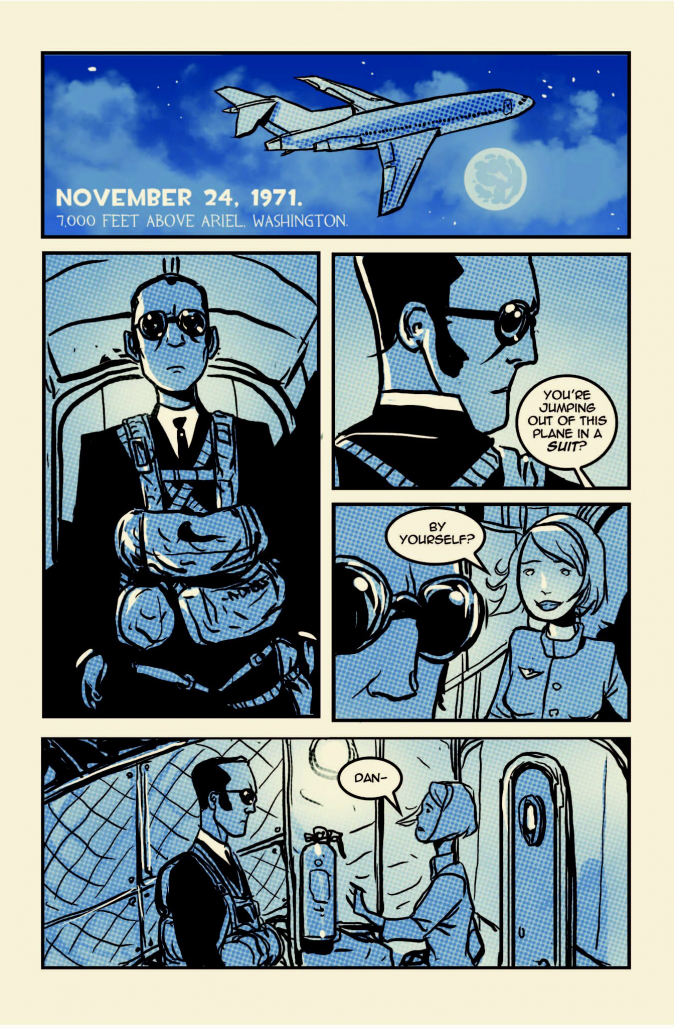
No one should downplay the opportunities that short stories offer on a creative level. On Episode 215 of the 11 O’Clock Comics podcast Skottie Young spoke about the attraction of writing and drawing short stories. He pointed out that it’s easier to surprise someone with a short comic story than a standard-sized one. Jeff McComsey proved that with his contribution to the Imaginary Drugs anthology, the wonderful three-page story “The One Way Split”. There’s also the fact that creators could be bored with the 20-22 page format and are looking to try something new, which might motivate them to contribute to anthologies. Very notable names have certainly been involved in big Kickstarter successes; In The Dark and Womanthology in particular had stories by a who’s who of comic book creators.
5. Proof of Concept
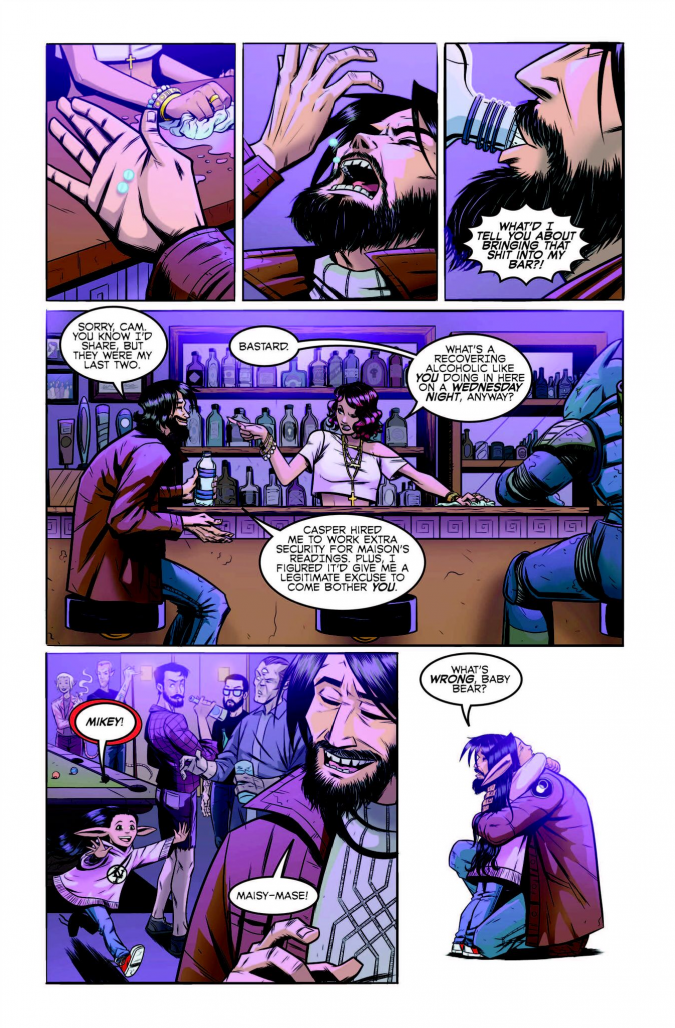
Some publishers, IDW in particular, have made a business of publishing anthologies that were funded on Kickstarter. Michael McDermott explained that the deal for Imaginary Drugs with IDW came about through the support the Kickstarter received. Imaginary Drugs only raised $13,000, a modest sum compared to some other campaigns, but IDW saw the outpour of interest for it and the high quality of the anthology, which will resulted in special edition of Imaginary Drugs coming out from by a Top 5 publisher this coming winter.
Concluding Thoughts
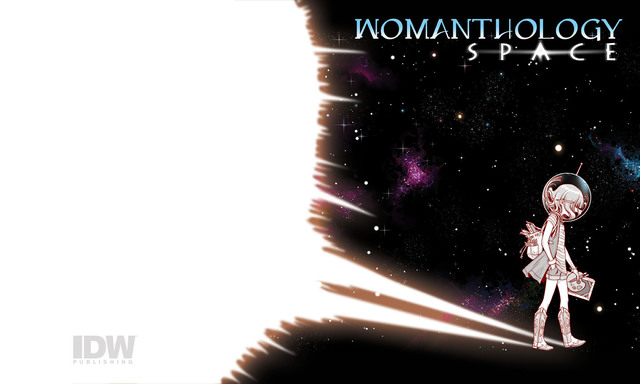
Those are some of the reasons comic book anthologies result in a lot of successful fundraisers. A lot of the anthologies mentioned are still going strong long after their initial campaigns. IDW has picked up multiple follow-ups to the original Womanthology, for example. Sometimes the anthologies’ brands can even branch out into new territory. FUBAR: Mother Russia, an 80-page graphic novel based in the world of the zombie anthologies written and drawn by Jeff McComsey, raised a staggering $95K on Kickstarter. Jeff attributed the success of it to all the other FUBAR output already out there, which includes three collected anthologies and a host of single issues. It’ll be interesting to see if other anthologies go on similarly unexpected trajectories. It’s exciting that a struggling format can find new life through a different outlet, and I’m excited to see a bright future for comic book anthologies.
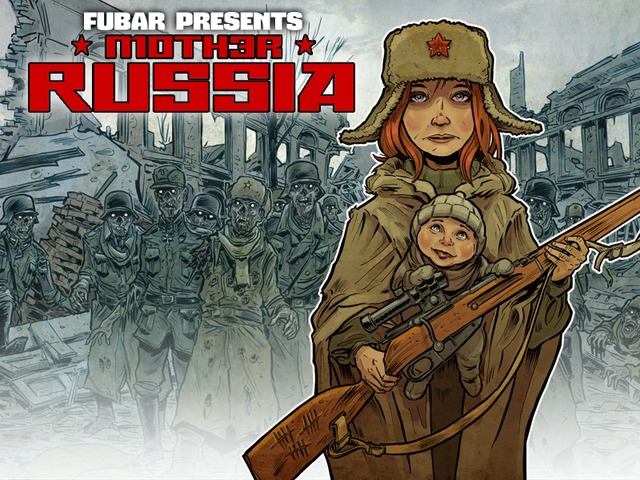
Matt O’Keefe is a freelance writer of news, comics, and other content based in Minneapolis, MN. Visit his portfolio at mattokeefe.net.



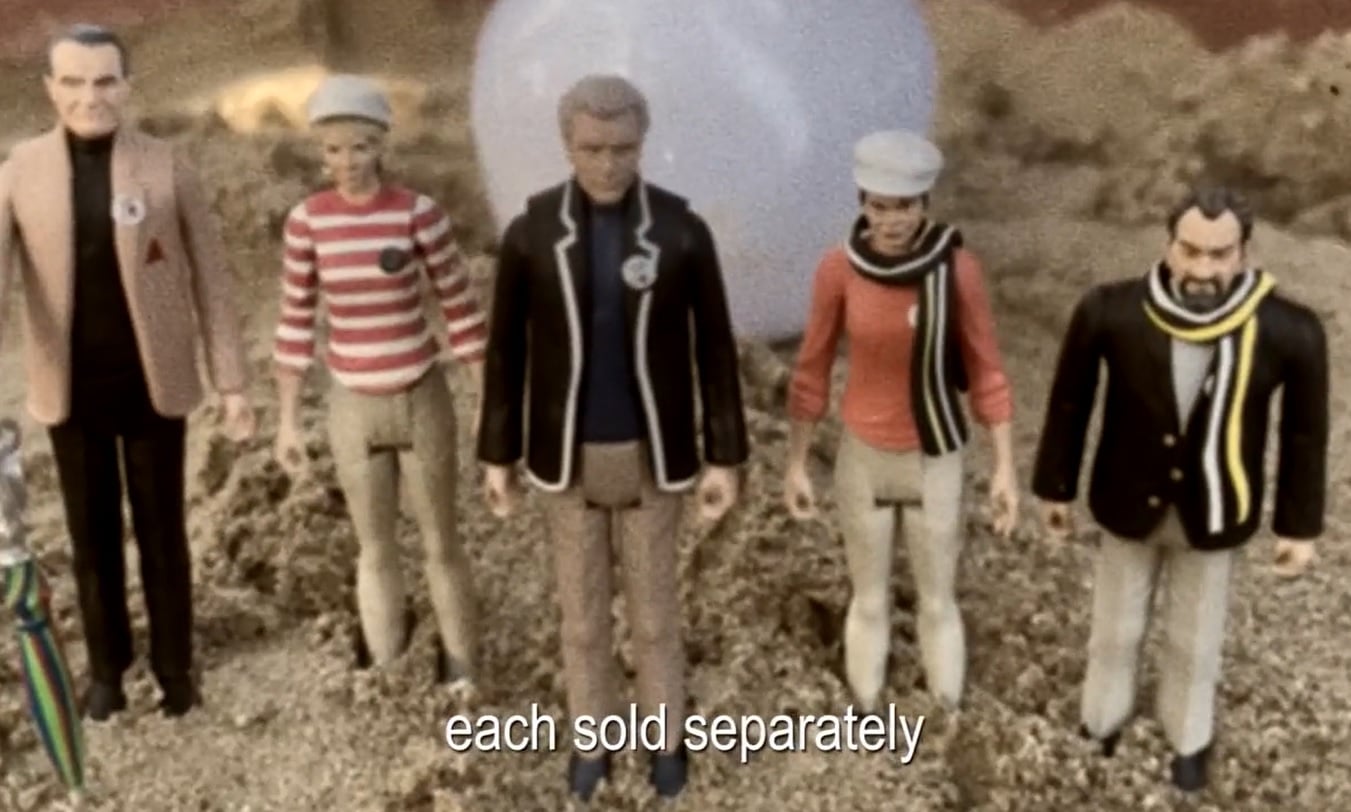

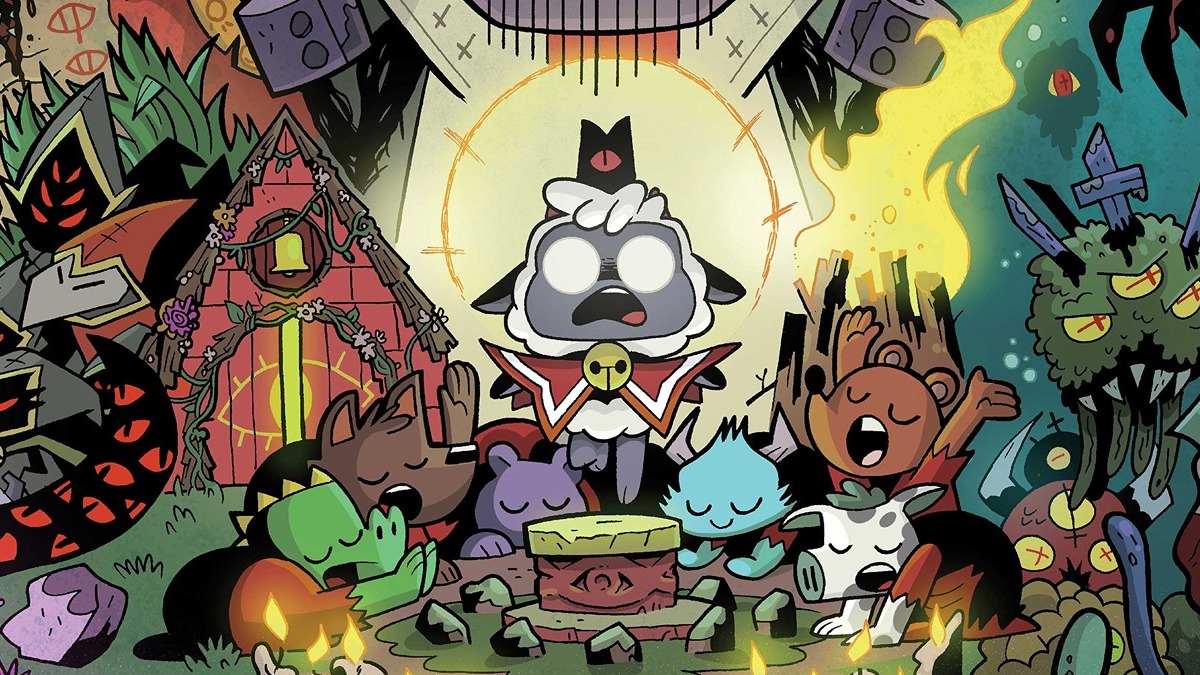


Matt, solid analysis.
Thanks to crowdfunding (primarily Kickstarter) we really are in the “Golden Age of the Comics Anthology.” Can’t overlook the importance of the CROWD in crowdfunding, and when you already have a solid crowd in the contributors to an anthology, (like the 20+ creators I rolled with on the OXYMORON vol. 1 campaign, and the 30+ awesome contributors to the SCAMthology), it makes it so much easier to grow the party.
One note of correction above… the EPIC art above was drawn by the talented Matt Zolman, colored by Arsia Rozegar. (I’m the word-slinger on that book.)
It’s fixed, thanks for letting me know.
Comments are closed.